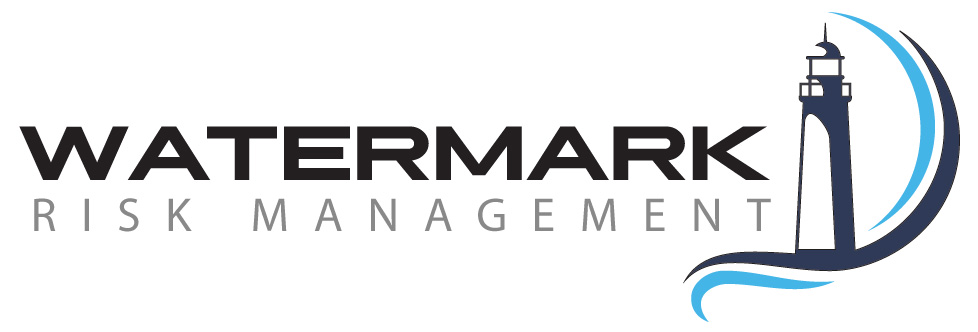How Prepared Are You for a Corporate or Organizational Crisis?
By developing a crisis preparedness and communication plan now, you can minimize reputational damage and maintain control of a developing story.
By Dr. Jenni Hesterman
During a crisis, people take to social media to gather and share information. Thanks to social media platforms and smartphones, those at the scene of an emergency, or involved in a crisis, can now broadcast live, posting or sharing messages about their status and the unfolding situation. For example, during the powerful East Coast earthquake on August 23, 2011, citizens in New York City saw Twitter alerts about the activity originating in Virginia a full 20 seconds before seismic waves hit their location. According to Facebook, the word “earthquake” appeared in the status updates of three million users within four minutes of the quake. Twitter said users were sending as many as 5,500 tweets per second.*
Planning for Communication is An Important Part of Crisis Preparation
The top five risks for businesses in terms of impact in 2018 were: weapons of mass destruction, extreme weather events, natural disasters, failure of climate change mitigation, and water crises. Understandably, your first thought as a leader in crisis is to minimize loss of life and property. You don’t have time to engage on social media or with the press. So, those on Twitter, Facebook, Periscope, etc., will be the ones to take control of the message. When this occurs, misinformation can spread like wildfire. In the void of information from leaders, misinformation often spirals out of control. Then social media posts become part of the permanent record regarding the crisis and how various organizations responded.
As a corporate leader, you must shape and control the message about your emergency before others are able to take over the narrative. Fortunately, you can prepare, plan, and practice for crisis communication, making the activity seem routine in the middle of chaos.
Importance of a Crisis Communication Plan
The military is a great place to look for guidance. As a base commander, I had a binder on my desk with pre-approved messages to release to the press and public during a crisis. For instance, if an aircraft from our installation crashed, within 10 minutes we issued a very basic announcement to the public stating that there was as incident and that we would be back with more information in 30 minutes. At that point, we would release more information regarding the type of plane and the location of the crash. 30 minutes later, we released even more information about the crew and rescue efforts. Your organization should craft these crisis messages now so that they are readily available when you need them.
Next, you’ll need to create your own social media accounts (Twitter, Facebook, etc.), and field-test them. Connect with your local press outlets and reporters to ensure they receive the crisis messages you will transmit in an emergency. Encourage employees and family members to connect to your social media accounts.
As a leader, you will obviously be preoccupied during a crisis, so put two people on your team in charge of handling the press and social media. Always have a back-up employee in place, in case the primary is unavailable.
Developing a Crisis Communication Plan
Keep your messages simple and basic. Never transmit any information about: (1) law enforcement activity in the building when responders are onsite; or (2) the numbers of responders and their plan.
In many cases, such as the Paris attacks and the Westgate Mall siege in Nairobi, the bad actors were monitoring social media, television, and radio to assess the activities of law enforcement and change their tactics accordingly.
Never transmit the number of injured, fatalities, or any pictures that may be used as propaganda by bad actors or upset family members awaiting to know the status of their loved ones.
Take time to educate and train your staff regarding crisis communication. FEMA’s outstanding online course IS-242.b, Effective Communication, can help prepare your team.
If your crisis communication plan is not written down, then it isn’t really a plan. You should have an agreed-upon, rehearsed plan as to how you and your team will communicate internally and externally during a crisis. As former military leaders, our team at Watermark has been there. We know how to assess your readiness and help your company prepare for the unexpected.
If you have questions regarding corporate communication in a crisis, please put them in the comments section, and I’ll be sure to address them. Or contact us here to set up an assessment of your emergency or crisis readiness.
*Hesterman, J. L. (2015). Soft target hardening: protecting people from attack. Boca Raton: CRC Press, Taylor & Francis Group, pg 219.
 Dr. Jenni Hesterman is retired as a colonel in the U.S. Air Force. After retiring in 2007, she started work as a private contractor in Washington, DC, studying international and domestic terrorist organizations, transnational threats, organized crime, and the terrorist and criminal exploitation of the Internet. She is senior fellow at the Center for Cyber and Homeland Security at George Washington University, a member of the board of directors for the International Foundation for Protection Officers, and advises the Homeland Security Training Institute at the College of DuPage in Chicago. Dr. Hesterman now provides oversight on company efforts to assess and enhance business resiliency in organizations, and oversees.
Dr. Jenni Hesterman is retired as a colonel in the U.S. Air Force. After retiring in 2007, she started work as a private contractor in Washington, DC, studying international and domestic terrorist organizations, transnational threats, organized crime, and the terrorist and criminal exploitation of the Internet. She is senior fellow at the Center for Cyber and Homeland Security at George Washington University, a member of the board of directors for the International Foundation for Protection Officers, and advises the Homeland Security Training Institute at the College of DuPage in Chicago. Dr. Hesterman now provides oversight on company efforts to assess and enhance business resiliency in organizations, and oversees.




Leave a Reply